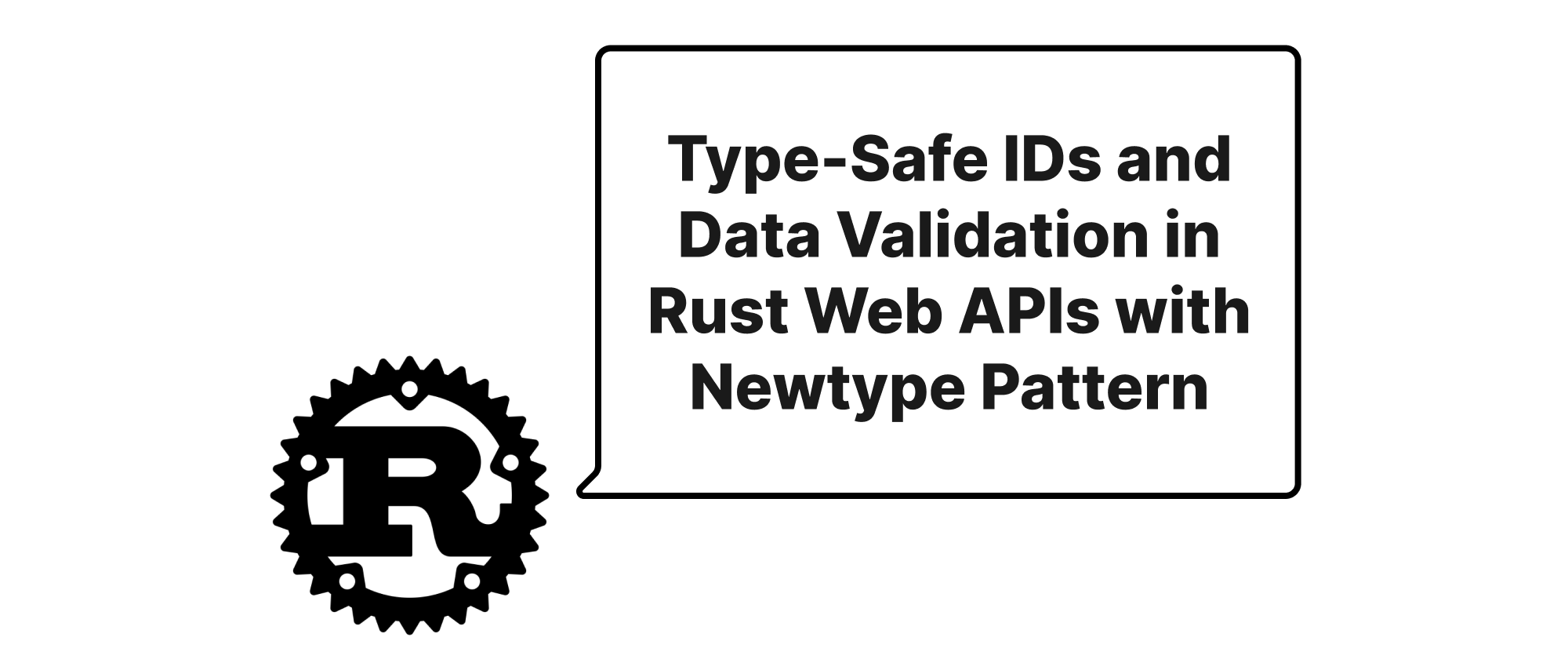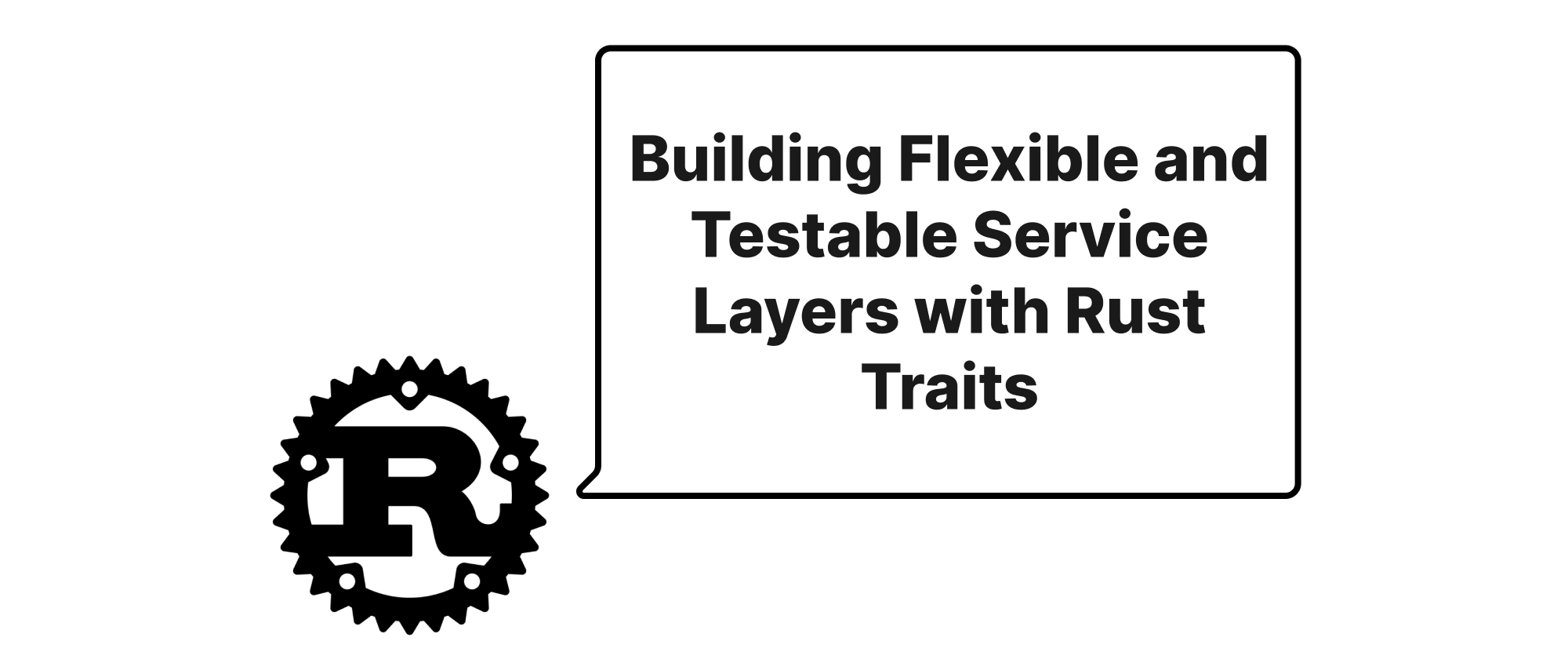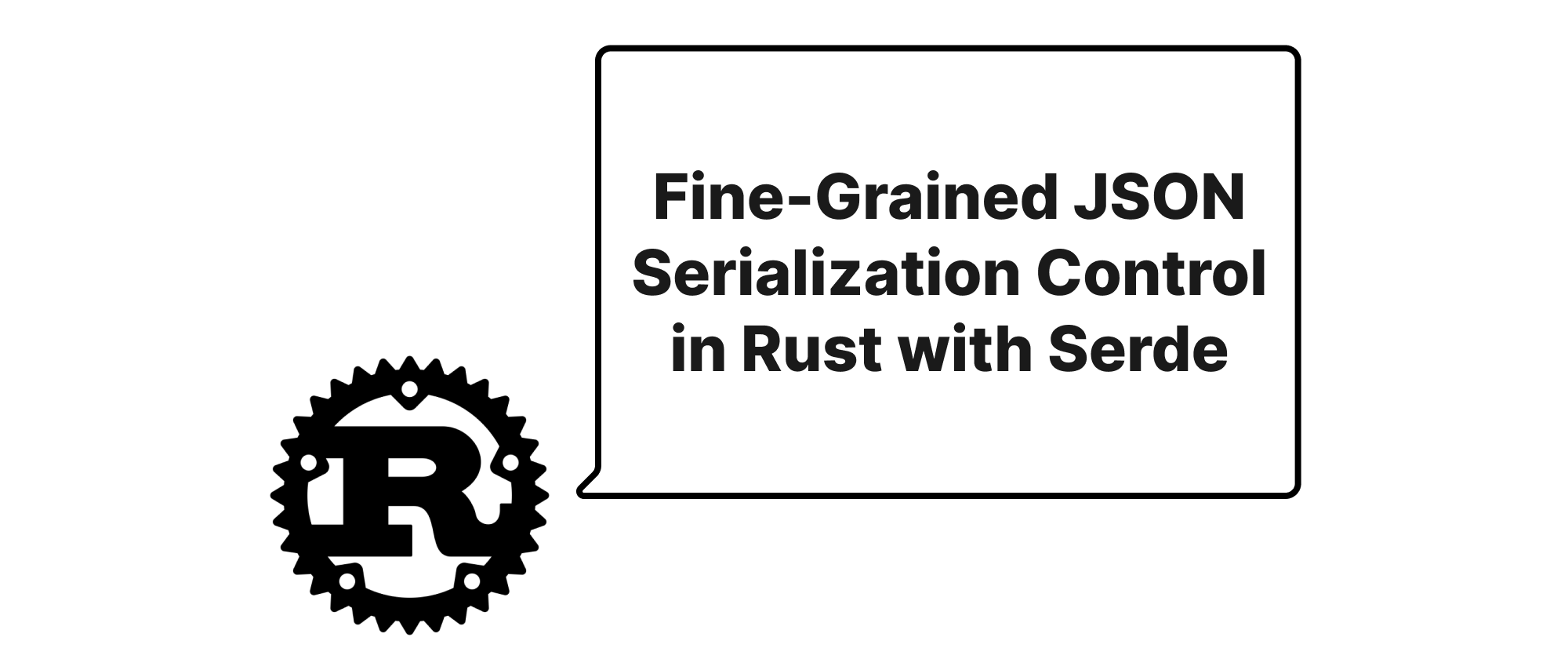Type-Safe IDs and Data Validation in Rust Web APIs with Newtype Pattern
Takashi Yamamoto
Infrastructure Engineer · Leapcell

Introduction
In the world of web API development, ensuring data integrity and preventing common programming errors is paramount. As software systems grow in complexity, the risk of misinterpreting data, accidentally passing the wrong type of ID, or failing to validate inputs increases significantly. This often leads to subtle bugs that are hard to diagnose, security vulnerabilities, and a generally brittle codebase. Rust, with its powerful type system and emphasis on memory safety, offers excellent mechanisms to tackle these challenges head-on. One such effective pattern, often underutilized, is the Newtype pattern. This article will delve into how the Newtype pattern can be leveraged in Rust web APIs to achieve unparalleled type safety for identifying entities and implementing robust data validation, ultimately leading to more reliable and maintainable services.
Understanding the Newtype Pattern and Its Applications
Before we dive into its application in web APIs, let's clarify some core concepts.
What is the Newtype Pattern?
The Newtype pattern in Rust is a design principle where a new, distinct type is created by wrapping an existing type in a tuple struct with a single field. This seemingly simple act provides strong type safety without incurring any runtime overhead.
For example, if you have a String representing a user's email, simply using String everywhere makes it possible to accidentally pass a username where an email is expected. By creating a struct Email(String);, you create a new type that is distinct from String, even though its underlying representation is still a String.
Why Use It for IDs?
IDs are a classic use case for the Newtype pattern. Consider a typical User struct and Product struct, both having an id field of type u64.
struct User { id: u64, name: String, } struct Product { id: u64, name: String, price: f64, } fn get_user(id: u64) -> Option<User> { /* ... */ } fn get_product(id: u64) -> Option<Product> { /* ... */ }
With these definitions, it's trivial to accidentally call get_user(product_id) or get_product(user_id). The compiler won't complain because both user_id and product_id are just u64.
By using Newtype IDs:
#[derive(Debug, PartialEq, Eq, Hash)] struct UserId(u64); #[derive(Debug, PartialEq, Eq, Hash)] struct ProductId(u64); struct User { id: UserId, name: String, } struct Product { id: ProductId, name: String, price: f64, } fn get_user(id: UserId) -> Option<User> { /* ... */ } fn get_product(id: ProductId) -> Option<Product> { /* ... */ }
Now, attempting to call get_user(product_id) will result in a compile-time error, enforcing a crucial layer of type safety. This significantly reduces the likelihood of logical errors and improves code readability by clearly distinguishing the purpose of each ID.
Enhancing Data Validation
The Newtype pattern isn't just for IDs; it's also incredibly powerful for encapsulating validation logic. Instead of sprinkling if statements throughout your code to validate email formats, password strengths, or specific string constraints, you can embed this logic directly into the newtype's impl block.
Let's consider an Email type:
use regex::Regex; #[derive(Debug, Clone, PartialEq, Eq, Hash)] struct Email(String); impl Email { fn new(value: String) -> Result<Self, String> { // A simple regex for demonstration. Real-world validation might be more complex. let email_regex = Regex::new(r"^[a-zA-Z0-9._%+-]+@[a-zA-Z0-9.-]+\.[a-zA-Z]{2,}$") .expect("Failed to compile email regex"); if email_regex.is_match(&value) { Ok(Email(value)) } else { Err(format!("'{}' is not a valid email address.", value)) } } pub fn as_str(&self) -> &str { &self.0 } }
Now, any function that expects an Email will guarantee that the String inside it has already passed this validation logic. This centralizes validation, avoids repetition, and makes the code much cleaner.
Integrating with Rust Web Frameworks (e.g., Actix Web, Axum)
When building web APIs, we need our newtypes to be deserializable from incoming request bodies or path/query parameters, and serializable back into responses. This usually involves implementing the serde::Deserialize and serde::Serialize traits.
For UserId and ProductId based on u64:
use serde::{Deserialize, Serialize}; #[derive(Debug, Clone, Copy, PartialEq, Eq, Hash, Serialize, Deserialize)] #[serde(transparent)] // This attribute tells Serde to serialize/deserialize the inner type directly. pub struct UserId(pub u64); #[derive(Debug, Clone, Copy, PartialEq, Eq, Hash, Serialize, Deserialize)] #[serde(transparent)] pub struct ProductId(pub u64);
The #[serde(transparent)] attribute is particularly useful here. It instructs Serde to treat the newtype transparently, meaning it will serialize and deserialize exactly like its inner type. So if a JSON payload has "id": 123 for a UserId, it will work seamlessly.
For Email with custom validation, manual Deserialize implementation might be necessary or a carefully crafted FromStr and deserialize_with approach.
use serde::{de, Deserializer, Serializer}; use std::fmt; // For Email, we can implement Deserialize manually to call our validation constructor impl<'de> Deserialize<'de> for Email { fn deserialize<D>(deserializer: D) -> Result<Email, D::Error> where D: Deserializer<'de>, { let s = String::deserialize(deserializer)?; Email::new(s).map_err(de::Error::custom) } } // For Email, we can implement Serialize to just serialize the inner string impl Serialize for Email { fn serialize<S>(&self, serializer: S) -> Result<S::Ok, S::Error> where S: Serializer, { serializer.serialize_str(&self.0) } } // Example API endpoint (using a generic web framework structure) #[derive(Deserialize, Serialize)] struct CreateUserRequest { name: String, email: Email, // Our validated email type // ... other fields } #[derive(Serialize)] struct UserResponse { id: UserId, // Our type-safe User ID name: String, email: Email, } // Imagine a handler function in Actix Web or Axum async fn create_user( // The web framework automatically deserializes the JSON body into CreateUserRequest // and during this process, Email::deserialize will be called, performing validation. payload: CreateUserRequest ) -> Result<UserResponse, String> { // In real apps, return specific error types // If we reach here, payload.email is guaranteed to be a valid email. println!("Creating user with email: {}", payload.email.as_str()); // In a real application, you'd save to a database and generate a new User ID. let new_user_id = UserId(12345); // Placeholder ID Ok(UserResponse { id: new_user_id, name: payload.name, email: payload.email, }) } // A handler to get a user by ID async fn get_user_by_id( // Assuming framework extracts path parameter and attempts to deserialize into UserId // For frameworks like Axum, this can be done directly with `Path<UserId>` user_id: UserId ) -> Result<UserResponse, String> { // user_id is guaranteed to be a UserId, preventing misuse of product IDs etc. println!("Fetching user with ID: {}", user_id.0); // In a real app, query database if user_id.0 == 12345 { Ok(UserResponse { id: UserId(12345), name: "John Doe".to_string(), email: Email::new("john.doe@example.com".to_string()).unwrap(), }) } else { Err("User not found".to_string()) } }
This approach centralizes validation logic, makes the API's expectations explicit through its type signatures, and dramatically reduces opportunities for errors due to incorrect data types or unvalidated input.
Conclusion
The Newtype pattern is a powerful, yet simple, tool in the Rust developer's arsenal. By creating distinct types for IDs and encapsulating validation logic within custom data types, we can significantly enhance the type safety and data integrity of our web APIs. This leads to more robust, maintainable, and less error-prone code, ultimately delivering higher-quality software. Embrace the Newtype pattern to build more confident and resilient Rust web services.


